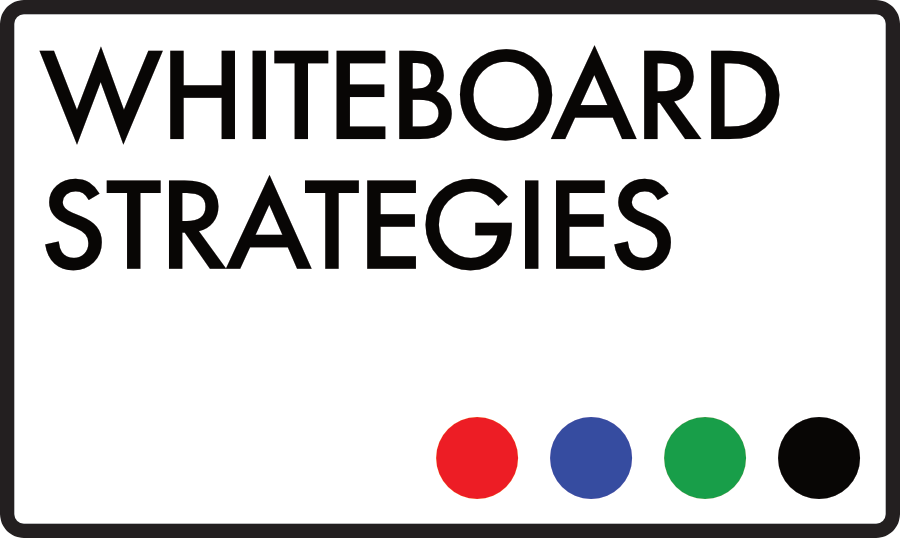Mark’s first book, the Visual Communications Book explained clearly and concisely how to leverage the persuasive potential of visual comms, and how to use the humble office whiteboard to sell big ideas.
For around 40,000 years the same visual elements have been used to communicate ideas and knowledge – pictures, lines, shapes. Writing has only really taken precedence in the last 500 years. Writing is a newcomer – our brains evolved to communicate visually.
John Berger writes that “Seeing comes before words. The child looks and recognises before it can speak”. We still understand things visually long before we know the words for any of it – visual comms might be the new normal… but they’re also the old normal.
We are wired for images. We process them faster than words and retain them for longer. UCLA professor Albert Mehrabian demonstrated that 93% of communication is nonverbal. Stanford lecturer Dr Lynell Burmark writes that “unless our words, concepts, ideas are hooked onto an image, they will go in one ear, sail through the brain, and go out the other ear”. Images make ideas stick – perfect for socializing and sharing ideas with colleagues and clients. Mark talks about this visual stickiness in a Whiteboard Advantage video – here.
The meeting of that stickiness and a message with some real emotional resonance is key – harnessing and leveraging impact of the visual against someone’s needs, wants or biases to drive a result.
It works – a 1986 3M-sponsored study at the University of Minnesota proved that presenters who use visual aids are a HUGE 43% more likely to be successful in getting a desired result from their audience than those who used no visual aids.
This 2014 Forrester report showed how visual platform Instagram’s engagement rates made other platforms look like a joke (58 x more engagement per follower than Facebook, 120 x more than Twitter). The visual is the most interesting, the most human and the most valuable means of communication out there.
Can your organisation really afford not to be getting involved?
Don’t forget to follow Whiteboard Strategies on LinkedIn to talk socializing and sharing, whiteboarding, visual comms and more.
– Tom @WSL


Recent Comments